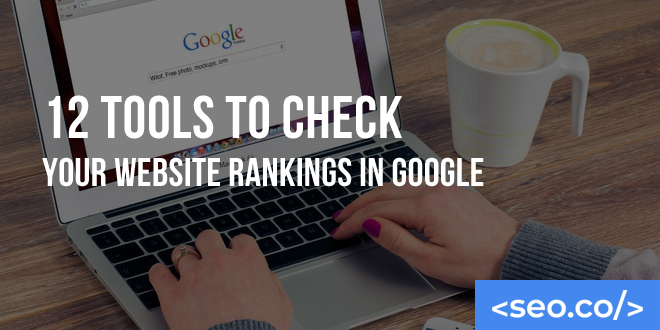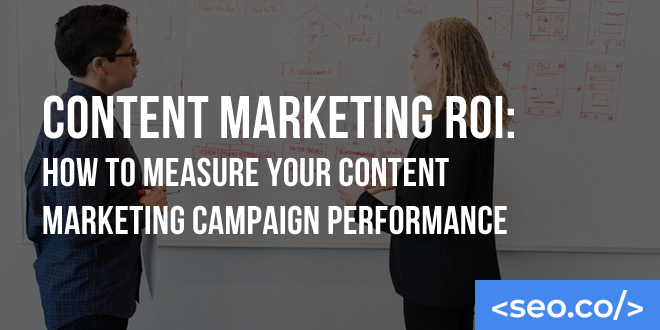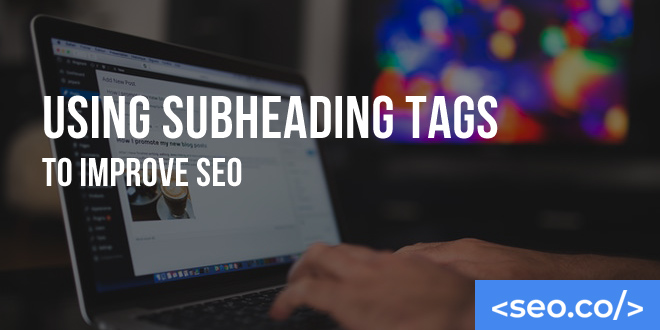
12 Tools to Check Your Website Rankings in Google
We are confident you’ll find value in our list of Best Tools for Checking Your Website Rankings or the best Google PageRank Checker tools! However, we would love for you to check your rankings right now, complete the form below. In the meantime, these other keyword rank checker tools will help you not only gauge whether your strategies are working, but also evaluate how you stand against the competition—and identify keyword targeting opportunities for the future. Google doesn’t explicitly publish how to check your website Google rankings. Instead, you’ll need the help of one (or more) third-party tools to check your Google rankings with a keyword position checker for specific phrases relevant to your business and industry. Sites rank differently by industry, so understanding how to “check my website ranking” will be critical. These are some of the best: Google incognito rankings check Google doesn’t specifically publish keyword rankings in a comprehensive tool, nor does it publish how it algorithmically calculates search rankings. However, if you feel like experimenting, you can plug in different keywords and combinations of keywords to see what the search engine results pages (SERPs) look like for those words and phrases. Figure out how to “rank my site” using Google incognito mode, available in Google Chrome: One other thing to note if you decide to use this approach: your search results in the search engines are highly personalized, based on your account history and your geographic location, so if you want to see the “true” national search results for your queries, you’ll need to log out and strip away the geographic data. You don’t need fancy SEO tools or SEO services for optimizing keyword ranking, just an internet connection and access to incognito in Google Chrome or Mozilla Firefox. Semrush With SEMRush, you can check on a variety of aspects regarding the success of their website. For starters, online entrepreneurs are able to track the keyword rankings of their websites and the sites of their competitors daily. Being quickly alerted of a significant shift allows you to make the necessary changes in order to keep up with others in your niche; for example, you might notice that your top competitor overtook you for your most valuable keyword, so you can quickly tweak your strategy to compensate for the change. Semrush also allows web owners the ability to receive beneficial reports that break down the current position of keywords they are using for a given web page. While a specific keyword that worked well during the launch of your site may have helped your keyword ranking in the past, the internet is an ever-changing landscape, and being aware of new keywords that would better suit your site helps keep your Google ranking high. Ahrefs Most famous for its keyword research and backlink research capabilities, Ahrefs’ Rank Tracker is a handy tool to track your ups and downs in organic search. It allows you to monitor both desktop and mobile keyword rankings for multiple keywords, up to 10K to be exact. As Google generates different SERPs for different locations, you can monitor keywords in up to 170 different countries. You can go even further and specify the necessary state (or, say, county if it’s the UK) and city. Such a state-and-city-wide drill down makes this tool perfect for tracking positions in hyperlocal SERPs. Along the way, you can gain more insights into your progress on a given web page, particularly how much traffic you earn from each position, and if you could make it to any of SERP features. Feel free to compare your results with competitors to understand who’s a frontrunner and where you might be able to improve. Charts illustrate your progress as you check website rankings over time, while filters are there to make the data more specific. If you enable automatic email notifications, you’ll be able to keep up on your website rankings without logging in to the dashboard for manually checking your website rankings. SEOVolatility.com SEOVolatility.com, a keyword rankings tracker tool from the mind of SEOToolLab’s Ted Kubaitis of Seattle, Washington. Their online rankings checker tool uses multi-searches to find a meaningful average of where your site ranks relative to your competitors in search results. The tool allows you to: Truly understand the flux that is occurring in your search engine results for a given web page Identify and remove potential keyword cannibalization issues Understand how difficult ranking for a particular keyword might be Help clients manage expectations for where you stand with Google keyword ranking Get to the real source as to why Google has dropped your rankings Showcase keyword rankings gains that may not be immediately visible from a standard keyword rank checker Better optimize your title, meta and heading text Prevent client churn because they may see slight, fluctuating differences in search engine rankings than you or than what they would expect In particular, the tool allows for time sharing and position testing at the same time. Time Sharing: Google has its own internal “Google website rank checker” that will test pages (that are not yours) for your target keywords in search engine results. These keyword rankings checks are limited to specific keyword rankings and for a limited period of time. Position Testing:Much of the Google ranking flux is due to Google website rank checker testing on web pages to see how they will react to users in search engines. Upward and downward movements in search results can occur as Google (and other search engines) test whether your page performs better or worse for on-site metrics like click through rate and on-page dwell time. SEOVolatility.com gives an average of a multi-search test that measures the deviations from a central ranking number. Here’s the example provided by the tool: As a Google website rank checker, it’s a great way to check which sites rank more permanently and consistently and which are having more rankings fluctuations than others. The tool can also help with keyword research and help you determine







